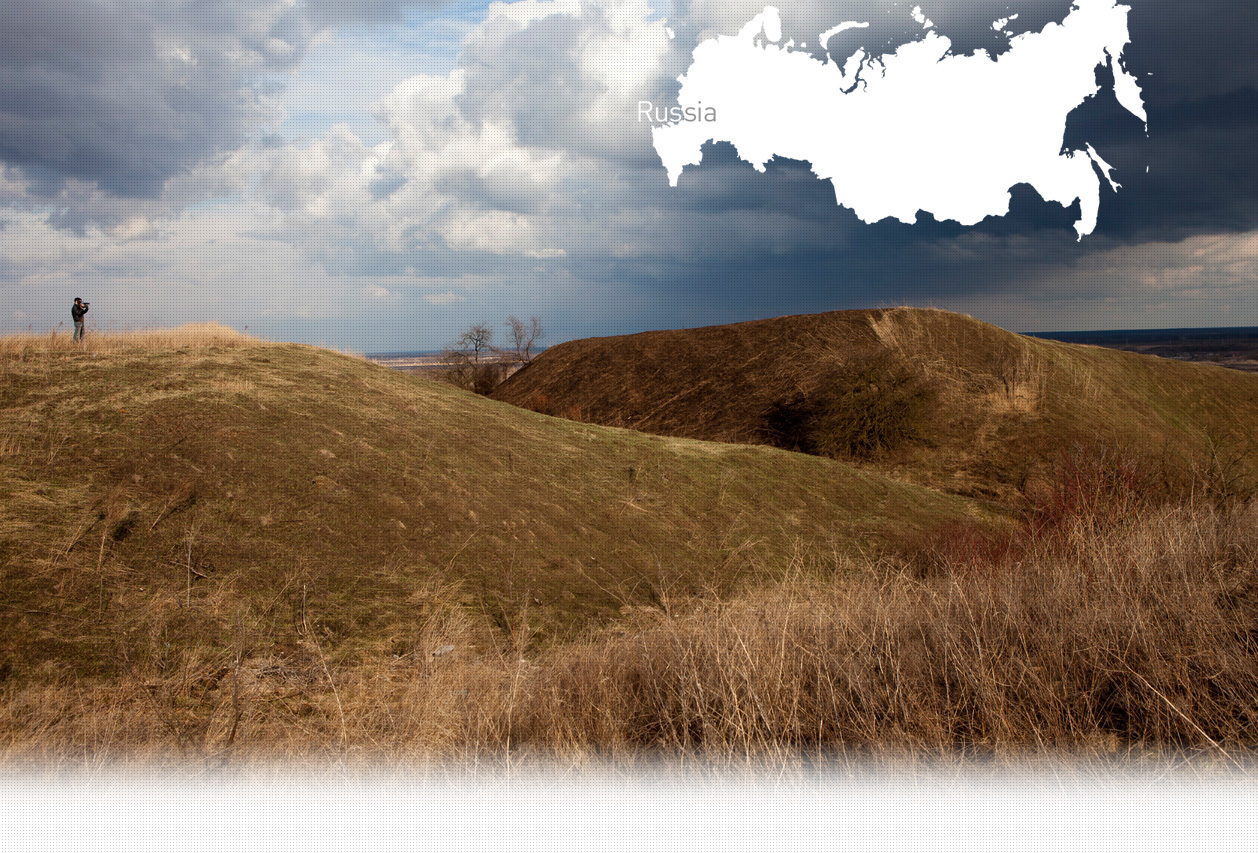

2 Sitio(s) de ejecución
Lidia Y., born in 1928: “Y.U -And before the war, were there a lot of Jews here in Kadino?
W.-A lot, a lot. Because before the war we had one Jewish kolkhoz. We had a lot of Jews here before the war. I cannot tell you how many people there were, but I can tell you there were a lot. And you know what, we were living as one with the Jews. […]
Y.U - Did the Jewish children go to school with you? Or separately?
W.-Separately. And when the children grew up, 5th, 6th grade, they would go to a Russian school and we would study all together. We would all go to school and study together. For us there was no difference, Russian or Jewish, we were living side by side, working together, and when the Germans came we were working as one. Russians and Jews we were working together. We made no distinction, Jew or no Jew, we were together. We had a teacher at school, she was Jewish, and a brother, he was also Jewish, we made no distinction.
Y.U -Did the Jews have their church, their synagogue?
W.-They did have their synagogue. It was separate, down over there. The old people would go there to celebrate.” (Witness n°905, interviewed in Kadino, on August 20th 2019)
Kadino is located 80km (50 miles) southwest of Smolensk, close to the border with Belarus. It was created as a Jewish agricultural settlement. In 1832, 1,335 Jews lived in the village making up 27% of the total population. The Jewish children had their own Yiddish school, but in 1930s it was transformed into a Russian school where Jewish and non-Jewish children studied together. The majority of Jews lived off agriculture. In 1936 a Jewish kolkhoz named ‘May 1st’ was created. Some of the Jews were merchants or artisans, such as tailors or shoemakers.
Kadino was occupied by the Germans in July 1941. Before the occupation, many Jewish refugees arrived in Kadino from Belarus. Shortly after their arrival, all the remaining Jews were rounded-up and placed in a fenced enclosure, a sort of ghetto. From there, they were taken to perform different kinds of forced labor. According to a local villager, they worked together with Russians and weren’t guarded while working.
The Jewish community of Kadino was exterminated in two mass Aktions conducted in the autumn of 1941. The first execution was conducted on October 10th 1941. According to the historian I. Tsyman, it took place in November 1941. During this shooting, 300 Jews were rounded-up and shot at the Jewish cemetery. Prior to this mass shooting, about 20 elderly Jews unfit to work had been killed. Even though the inscriptions on the memorials say they were murdered later, on October 14th 1941, the majority of historians agree that it had occurred before the main execution.
¿Tiene información adicional con respecto a un pueblo que le gustaría compartir con Yahad?
Por favor contáctenos a contact@yahadinunum.org
o llamando a Yahad – In Unum at +33 (0) 1 53 20 13 17